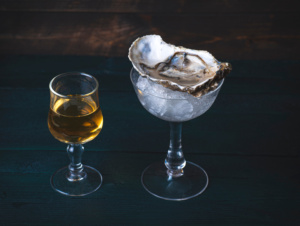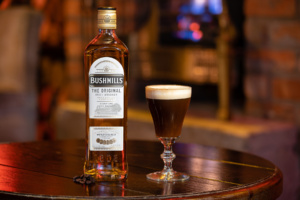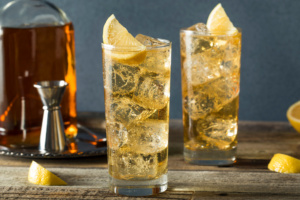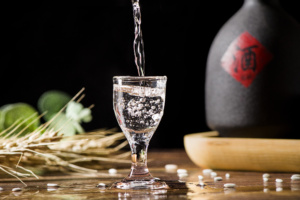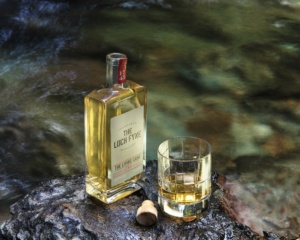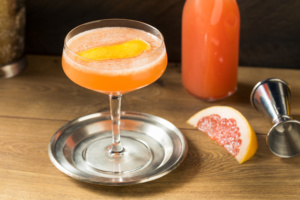Sherry on Top
But what gives a sherry cask whisky those distinct fruity aromas? How did sherry cask whiskies come to be? How long have sherry casks been used for storing whisky?
Let’s find out:
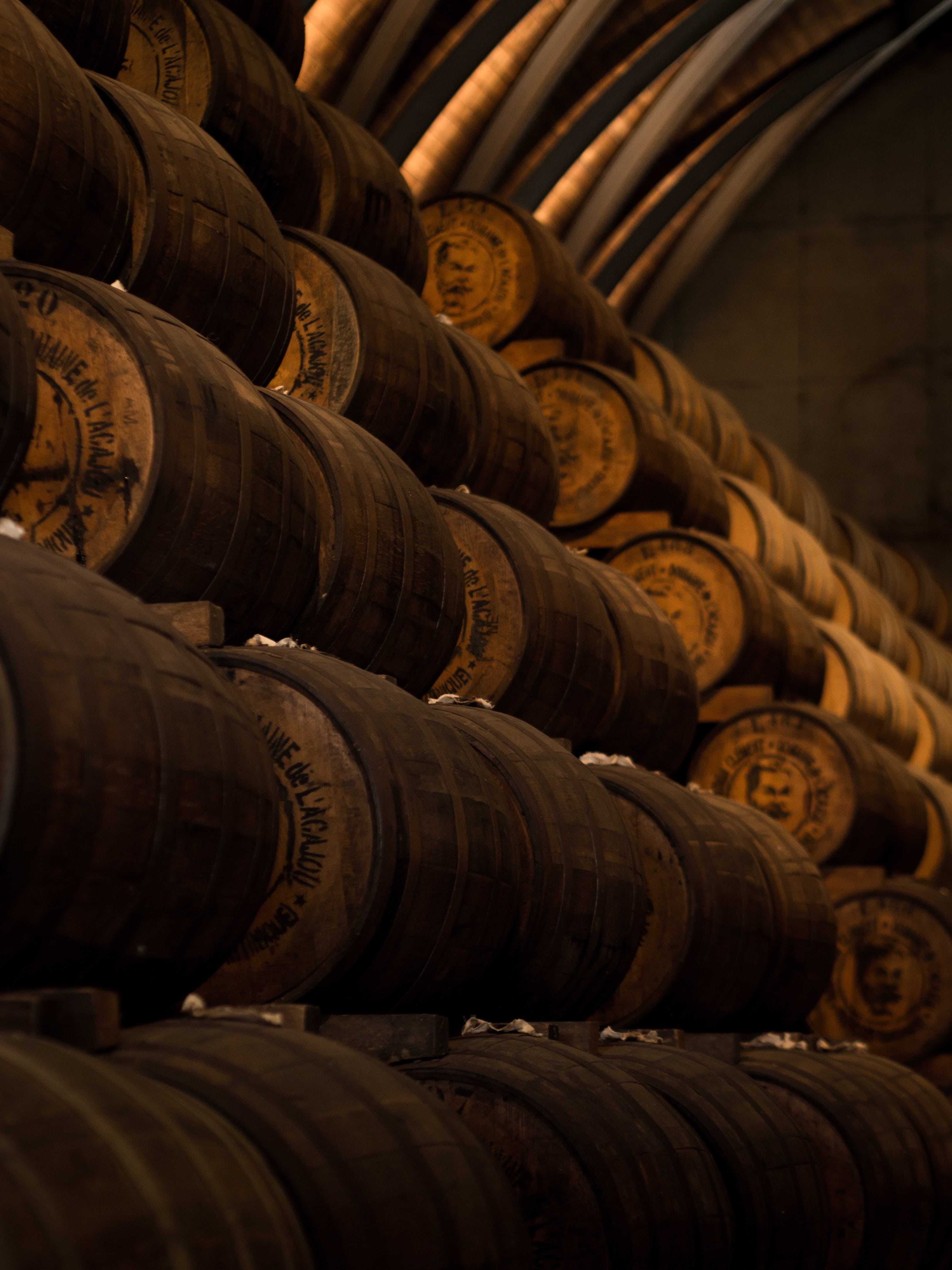
Sherry casks were first used for aging whisky over 200 years ago and it’s still an art that is greatly adored to this day.
They were used initially because making brand new oak casks in Scotland wasn’t an option with the lack of domestic forests in the country. Other casks that had already been used to transport sherry, wine and rum were easy to come by at the docks around the country. Perhaps the Scots always new a sherry cask aging whisky would be a match made in heaven since sherry has been enjoyed in the country since the 16th Century.
2 Types of Sherry
One reason why we get so many different sherry cask characteristics, apart from the whisky, is because there are two types of sherry, both very different from each other.
First there is biologically aged sherry – Fino or Manzanilla style. This type of sherry naturally develops a layer of ‘flor’ on top of the wine whilst it’s in the cask. Flor is a combination of different strains of yeast which looks like a sort of film layer over the top of the liquid. Biologically aged sherries tend to be dryer, which influences the whisky that would then get used in the same cask.
Take a look at our favourite fino cask whiskies:
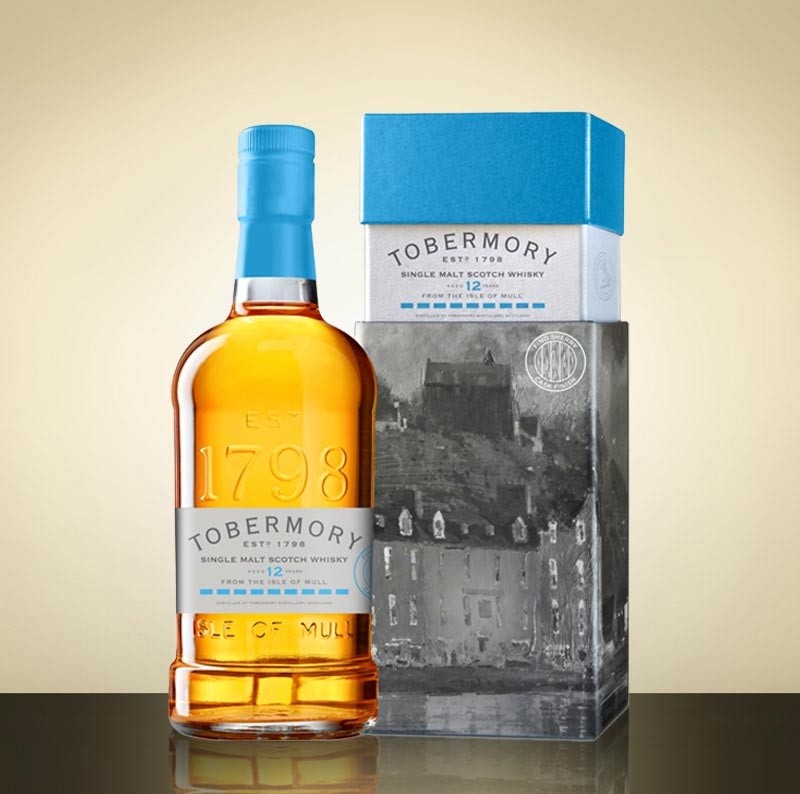 Tobermory 12 Year Old Fino Cask Finish £110 - Buy Now
|
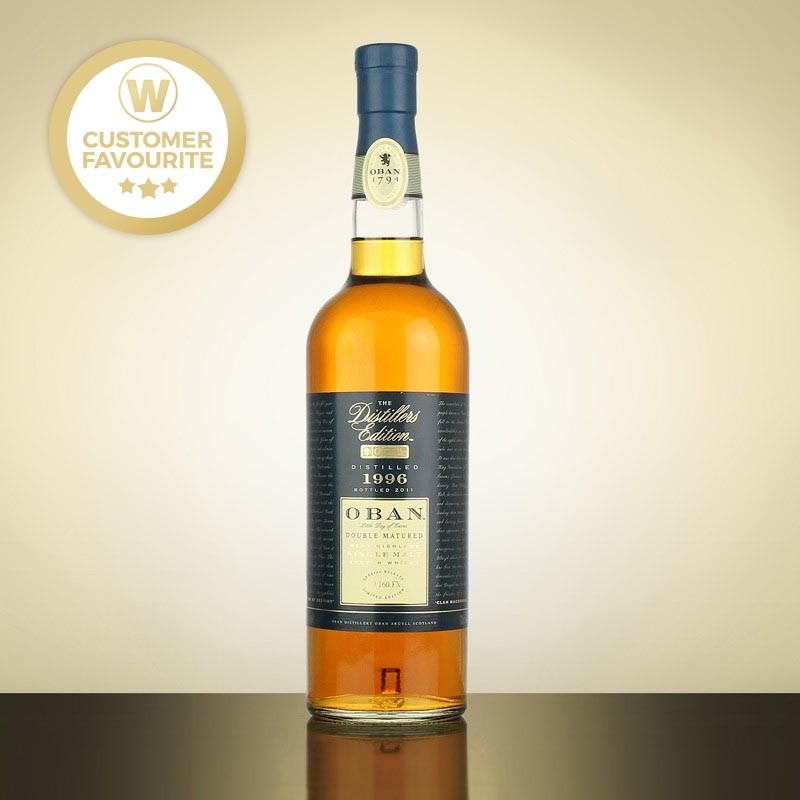 Oban Distillers Edition £79 - Buy Now
|
The other type is oxidatively aged sherry. This is when a controlled amount of air is allowed to oxidize the liquid and this type of aging really brings out the fruit cake, toffee, marmalade and nutty characteristics typically found in sherry cask whiskies. Oloroso and Pedro Ximénez sherry casks are oxidatively aged.
Here are some spectacular oloroso and Pedro Ximénez sherry casks:
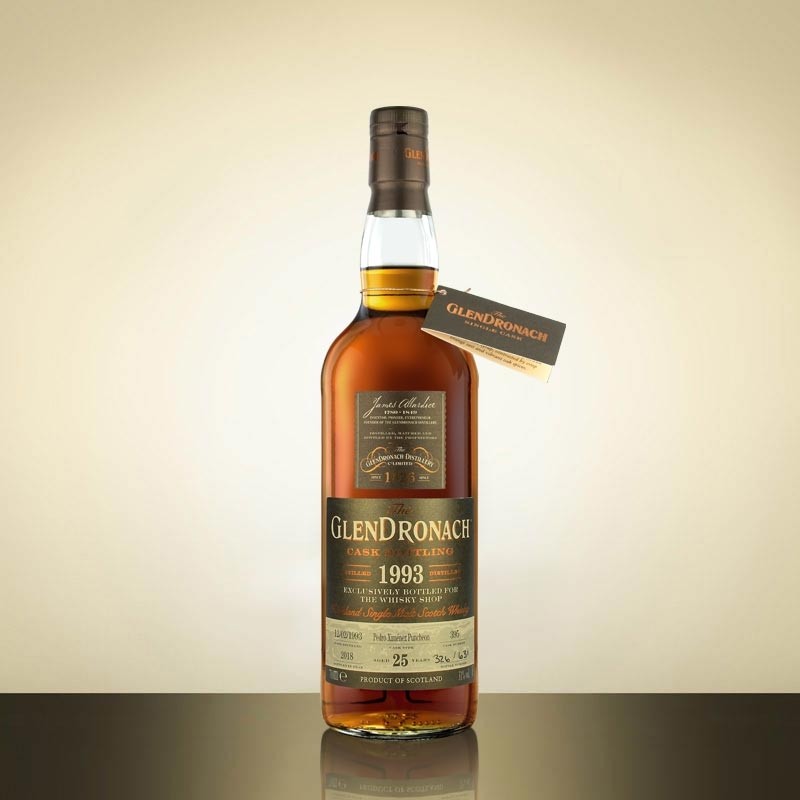 Glendronach 1993 Single Cask Exclusive £210 - Buy Now |
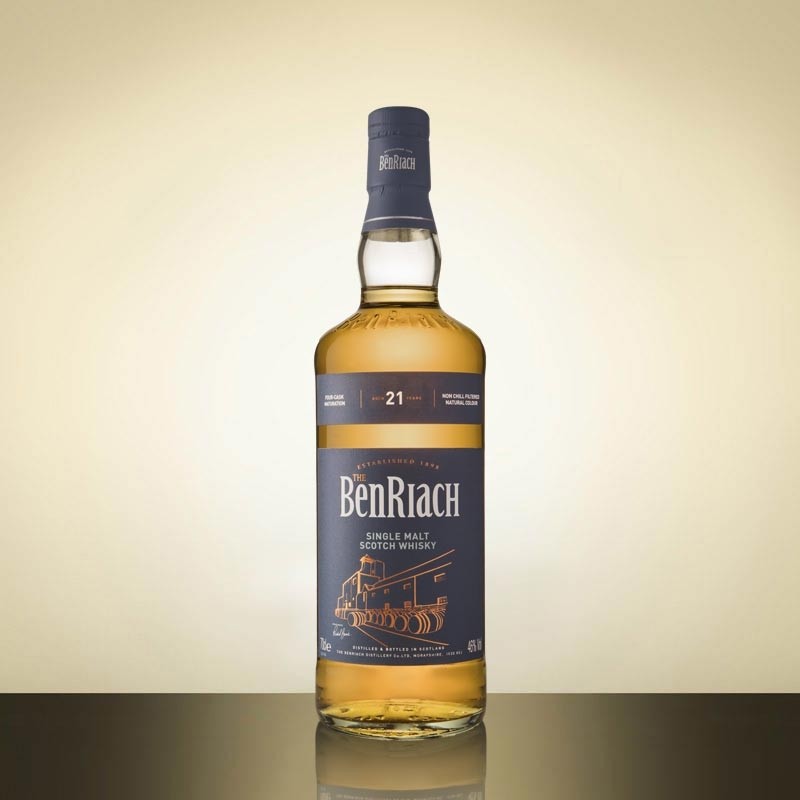 BenRiach 21 Year Old £139 - Buy Now |
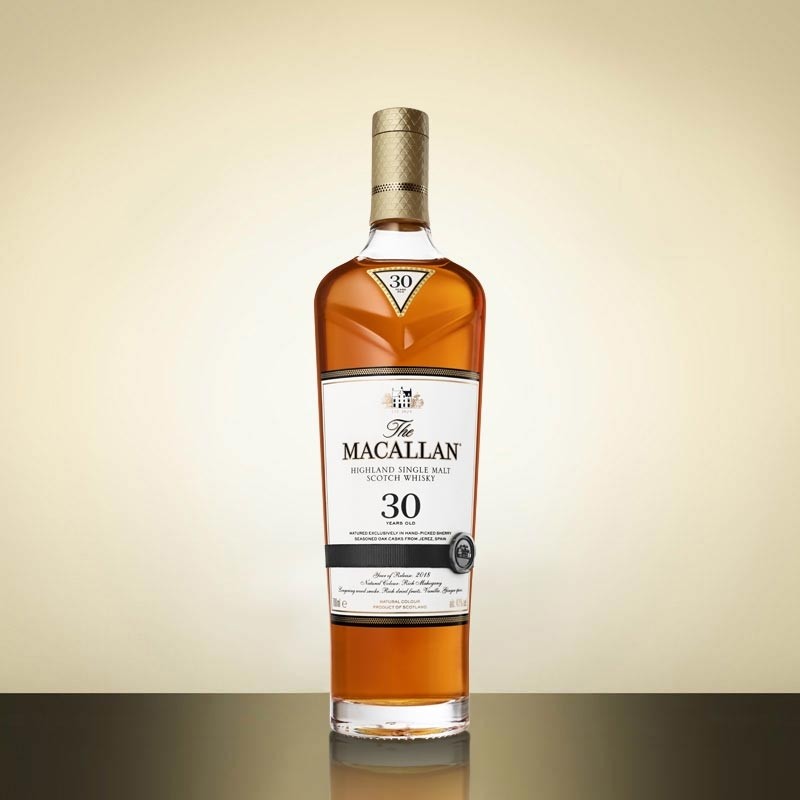 Macallan 30 Year Old Sherry Oak 2018 £4,750 - Buy Now |
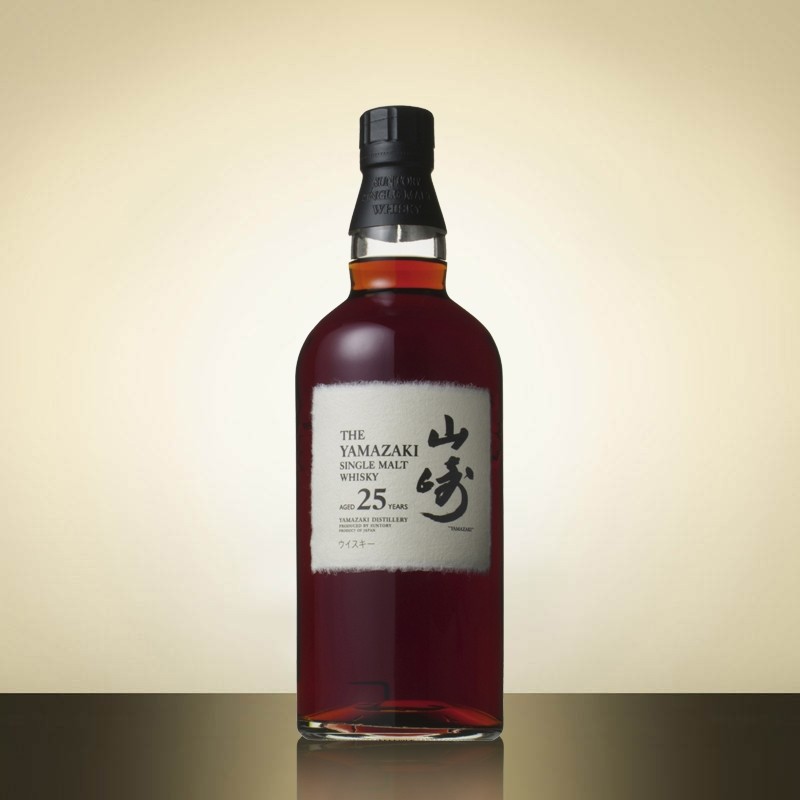 Yamazaki 25 Year Old £4,500 - Buy Now |
The aging process
When sherry is in an oak cask it interacts with the wood and changes its compounds. When the sherry is emptied, and the whisky is added these compounds or ‘tannins’ then interact with the whisky taking on flavour characteristics from the cask. Now, the type of cask used is very important. American oak has wide grain which leads to a large amount of sweet flavours (vanilla, fresh fruit). European oak is tightly grained giving darker more spicy flavours such as dried fruits.
Sherry is known to be aged in a solera system. This means a collection of casks are arranged by the age of the sherry inside them. When the sherry is bottled, liquid is taken from the oldest casks. Law states that the casks can only be emptied one third at a time. When the oldest casks have had their allocated liquid removed it’s topped back up with wine from the next oldest cask and this continues down the line of the solera.
Solera casks are very precious and are only removed from the system if they’re damaged. Since there are so few solera casks in circulation sherry casks for whiskies are modelled after transport casks. These casks were the ones that were far easier to come by at the docks around Scotland.
In 1981 Spain changed their export regulations which meant that the use of transport casks would be illegal, all sherry had to be bottled in Spain. This had an adverse impact on the supply of casks to distilleries which has led to an increase in price – they’re now worth 10x the value of a bourbon cask.
Most sherry casks used for whiskies today are exclusively used for this purpose – for whiskies! It will likely never have been used to mature sherry wines.
When a new oak cask is made it will be sent to a sherry bodega to be filled with wine, a process called envinado. The wine will typically be stored in the cask for between 6 and 30 months. Once the desired period has elapsed the wine will usually be taken out and reused in another cask. Now, this may not be as romantic as some would have you believe but it means that distilleries can use tailor-made seasoned casks to get the specific characteristics they desire.

Sherry cask characteristics
A lot of people love sherry cask whiskies because the sherry cask removes the bitterness and harsher tannins in some liquids and this is one of the reasons for their popularity. They’re especially loved in winter due to the rich spices and “Christmas cake” characteristics.
However the different types of sherry reveal different characteristics in the whisky.
Fino: Nutty, fresh, citrus
Manzanilla: Very similar to fino casks but have a certain salty and marine flavour due to the region that manzanilla is produced.
Oloroso: These casks give the whisky the more powerful and richer characteristics associated with a sherry cask whisky such as Christmas cake, warm spices and dried fruits.
Pedro Ximénez: A PX sherry cask will give a whisky an intense sweetness due to the grapes of the sherry being dried out in the sun which releases and abundance of sugar. You’ll also get the dark and rich chocolate and espresso flavours from these whiskies.
 4.7/5 with 10,000+ reviews
4.7/5 with 10,000+ reviews
